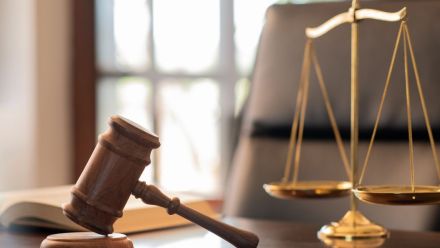Space on Earth
Mount Stromlo's Space Simulation Facility is ready to put the latest spacecraft to the test. CASEY HAMILTON reports.
When you sit down to watch the latest episode of your favourite TV show, you could actually be staring at the very thing that is set to transform space travel, and take you very, very far away from home.
Plasmas, such as those found in plasma TVs, lightning and in the Sun, are clouds of free electrons and ions. This fourth state of matter makes up nearly 99 per cent of the Universe and could be the key to economical space propulsion systems.
"Imagine a bottle which is open at one end," says Professor Christine Charles from the Research School of Physics & Engineering, of her plasma-based Helicon Double Layer Thruster.
"At one end you introduce a gas, and you have an antenna winding around the bottle. When you put power to this antenna, it ionizes the gas and creates plasma. It also has other windings to create a magnetic field which accelerates the plasma out the back of the spacecraft, producing thrust."
At this stage, the thruster is being tested as a way to push communications satellites into their end-of-life orbit but Charles thinks the technology could be used for deep-space travel.
"It will work forever as long as you have propellant gas and The Facility, named Wombat XL, simulates the vacuum, temperature extremes and electromagnetic radiation of space. "In theory we could do all space qualifications at Stromlo," says Charles.
The Facility took six engineers two years to install at a cost of $3.8 million, putting Mount Stromlo on the map as the place in Australia to design, build and test space-bound projects.
"This is unique in Australia," says colleague Professor Rod Boswell.
"It's a wonderful piece of instrumentation that brings visitors in and sparks the imagination of lots of people."
When asked what she would like to see result from this project, Charles says: "It would be nice to see something launched that we had done from beginning to end".
With a smile, she adds: "And I want to go to Mars - but not one way!"
Video: Time-lapse of wombat XL being built http://bit.ly/rep_wombat
Read more about Charles' plasma thruster.
This article appeared in ANU Reporter magazine Autumn 2014. Subscribe for free now.


